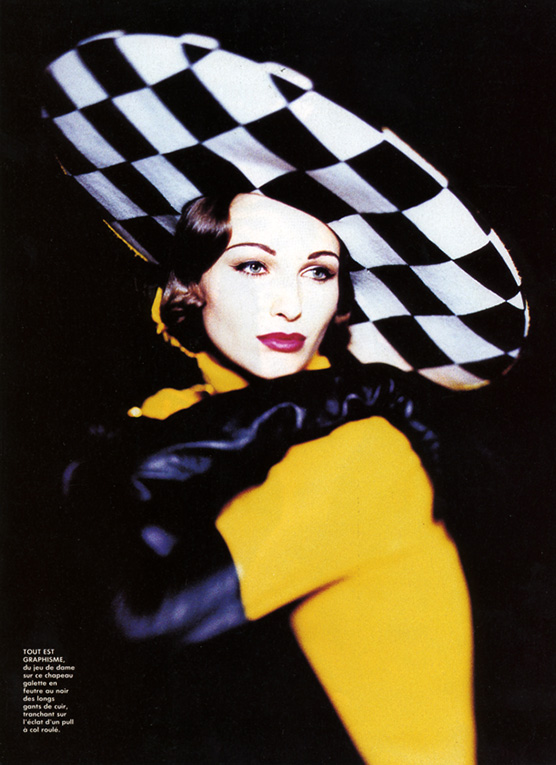Couturier, tailor-turned-ready-to-wear maker, and design entrepreneur Pierre (née Pietro) Cardin was born 2 July 1922 in San Biagio di Callalta, near Treviso.
Cardin is best known for space-age style fashions from the 1960s, pioneering the ready-to-wear market, and extensive licensing of his name.
After working for the Red Cross during World War II, he gave up studying architecture to apprentice with Elsa Schiaparelli. In 1950 he started his own business and designed costumes for theatre productions, including Jean Cocteau’s Beauty and the Beast. In 1953, he began designing small couture collections for women. His first full women’s collection debuted in1957.
His menswear styles were youthful, with a trim silhouette. In the early 1960s, Cardin’s collarless suits became the trademark look of the Beatles. By this point, Cardin had established himself as an avant-garde designer and fashion industry pioneer. His ready-to-wear lines brought high fashion to the masses, but his couture work was where his experimental ideas took shape.
The latter half of the 1960s saw the advent of the true Cardin style. From 1964 his designs were futuristic with strong, sculpted shapes and vivid colours. There were tunics worn with brightly coloured tights, dresses that featured geometric cut-outs and appliqués of synthetic materials such as vinyl, and hats that looked like flying saucers. In 1967 Cardin introduced his ‘Cosmocorps’ collection. He was convinced that human beings would soon inhabit the moon, and he was making the clothes that he believed women would want to wear there.
By the 1980s, Pierre Cardin had become famous not only for his fashion designs, but for his business ventures. Cardin understood the possibilities of marketing a designer label. He started putting his initials on clothing in 1967, which was uncommon at the time. However, by the 1980s, his assertive approach to fashion marketing had become commonplace. Over the years, Cardin has licensed thousands of products under his name, including bicycles, electric razors, fruit juices, frying pans, alarm clocks, and sofas. In 1996, Cardin held his farewell haute couture show but continued to visit his atelier and to design every day.
Exhibitions of Pierre Cardin’s work include: Pierre Cardin: Paris. Past, Present, Future(1990) at the Victoria & Albert Museum and Pierre Cardin: Design & Fashion 1950–2005 (2005) at the Academy of Fine Arts in Vienna.
Cardin also owns a palazzo in Venice named Ca’ Bragadin, once the home of Giovanni Bragadin di San Cassian, Bishop of Verona and Patriarch of Venice.
Reference: Cassandra Gero. “Cardin, Pierre.“ Grove Art Online. Oxford art Online. Oxford University Press. Web. 27 Jun. 2017.
Pierre Cardin couture, c. 1965. Photo: Nick Verreos.
Space-Age designs, 1967. Photo: Sixties TwoDay.
Pierre Cardin 1985 Collection Photo © Benjamin Kanarek.
Men’s Suit for Phil’s Men’s Shop, c. 1970. The Metropolitan Museum of Art, Nr. 88.146.11a-b.
Cocktail Dress, c. 1970. Wool, mirrored chrome metal; crepe-twist yarn, chain-link, appliqué, plain weave. Museum of Art, Rhode Island School of Design, Nr. 12517440.
Polaroid of Pierre Cardin taken by Andy Warhol, 1973. Whitney Museum of American Art, Nr. F316.00268.
Further Reading: Elisabeth Längle. Pierre Cardin: Fifty Years of Fashion and Design (New York: Thames & Hudson, 2005.





